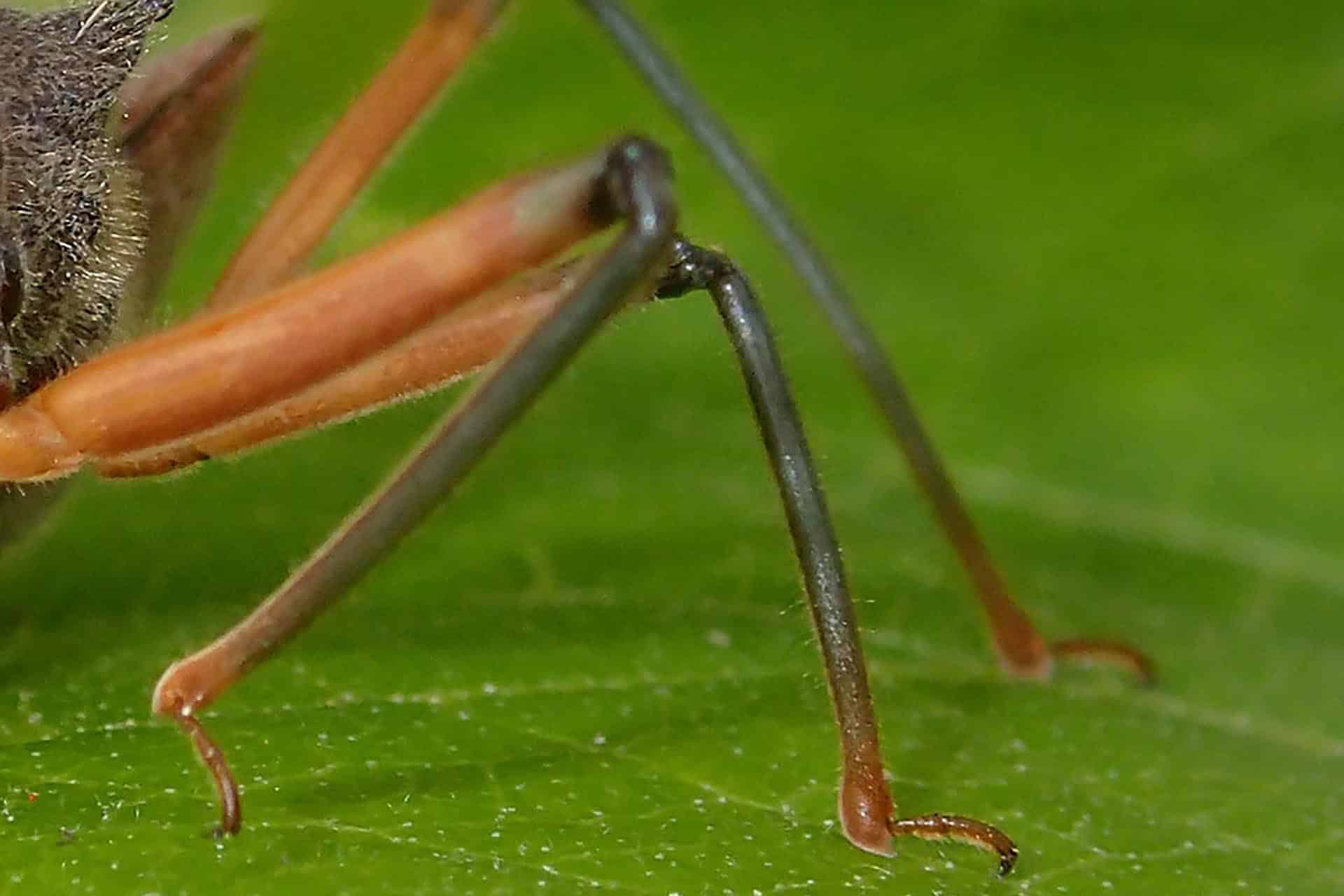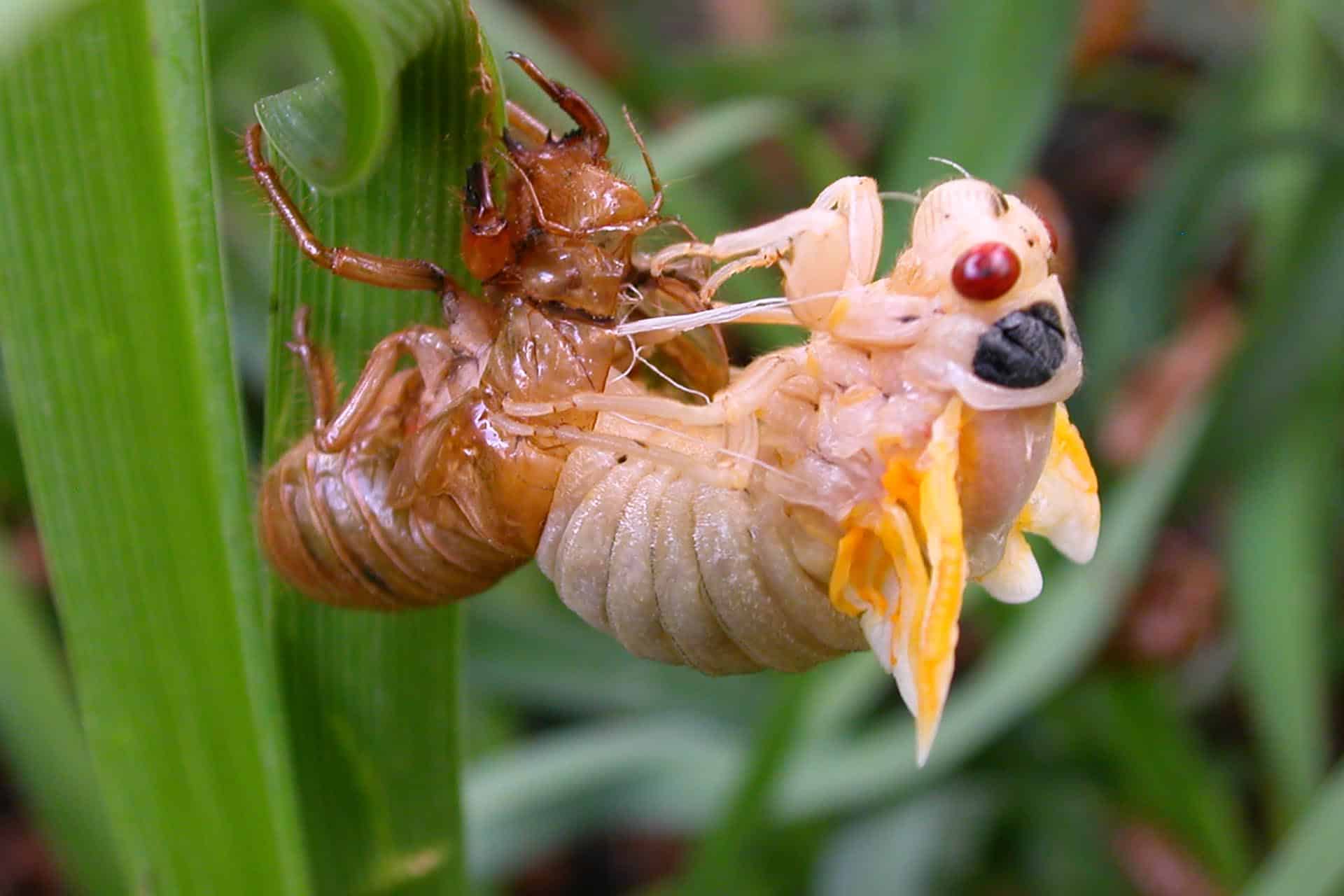Insects
Kingdom - animal
Phylum – arthropoda
Class - hexapoda
Most of the creatures encountered in organic gardening, at least above the ground, are insects.
Insects are arthropods along with arachnids, crustaceans and myriapods. The features these have in common are hard exoskeletons, segmented bodies and jointed legs. The word “arthropod” actually means “joint foot” in Greek.
Arthropods are invertebrates which means they have no backbone.
The features these have in common:

Segmented bodies
Insects such as ants and bugs have three body segments (head, thorax and abdomen) whereas spiders have two (head and thorax)



Jointed legs
Insects have six legs, connected at the thorax. Each leg is jointed: made up of five separate parts.
The assassin bug has six jointed legs whereas the millipede has many.



Exoskeletons
The skeletons are external and although quite soft when the arthropod is first born, or immediately after one has been shed, they harden very quickly. As they grow the exoskeleton is shed and a new one forms.



Cold blooded
Arthropods depend entirely on the temperature of their environment to regulate their body temperature.
Insects start their life in eggs.
The exception to this is in a couple of species such as aphids where the female can give birth to live young without needing to mate with a male.



The young of insects go through stages called instars whereby they shed their exoskeletons as they grow. This is referred to as moulting. The number of moults an insect goes through varies with species.



Insects such as flies, beetles and butterflies hatch into grubs called larvae that pupate into adults. When the larvae is ready to develop into an adult it will construct a cocoon or pupa in which it goes through the transition from larva to adult undergoing complete metamorphosis.
The young of “true” bugs are called nymphs and are more like small versions of the adults. As the nymph progresses through its instars, it becomes more like the adult until the final moult when the wings will form.



In gardening, we tend to think of insects in two groups: “pest” species and “beneficial” species. Pests are those that eat or otherwise damage the plants we grow, while beneficials are generally predatory species that eat the pests.


Whilst I have tended to categorise the insects as pest and beneficials, ideally in an organic garden there is a balance. Predatory insects need other insects to survive and “pest” insects need to feed on plants. Establishing a healthy ecosystem within the garden can overcome the conflict of killing the pests and possibly removing a vital step in the food chain and having produce that hasn’t been decimated by these pests. Maintaining healthy plants and not using chemicals will help to keep pests to a minimum and not harm the beneficials.
Our aim is to help you control the pests and attract the beneficials in ways that are healthiest for you and the environment

